Baseball History Comes Alive Now Ranked #2 by Feedspot Among All Internet Baseball History Websites and Blogs!
Guest Submissions from Our Readers Always Welcome!
Scroll Down to Read Today’s Essay
Subscribe to Baseball History Comes Alive for automatic updates. As a Free Bonus, you’ll get instant access to my Special Report: Gary’s Handy Dandy World Series Reference Guide!
Mel Ott Photo Gallery
Click on any image below to see photos in full size and to start Photo Gallery:
Life-long Giants’ fan, Bill Schaefer, shares with us today an interesting essay on the life and career of the Mel Ott. There’s a lot more to his story than just 511 home runs. I think you’ll enjoy what Bill has to tell us about the great Hal of Famer. -GL
MEL OTT—THE BIGGEST LITTLE GIANT
“Every time I sign a ball, and there must have been thousands, I thank my luck that I wasn’t born Coveleski or Wamsganss or Peckinpaugh.” -Mel Ott
Bill Schaefer Recalls the Day…
My dad and I were plopped comfortably in our favorite upper deck seats at the Polo Grounds, just to the left of home plate. It was the home eighth, first game of a twin bill, on July 11, 1947, with the Giants trailing the Cardinals 4-3. Our favorites were an exciting team that would belt a record 221 round-trippers, but would also allow runs by the bushel.
Now, with two out, the summer air was pierced by Polo Grounds PA announcer,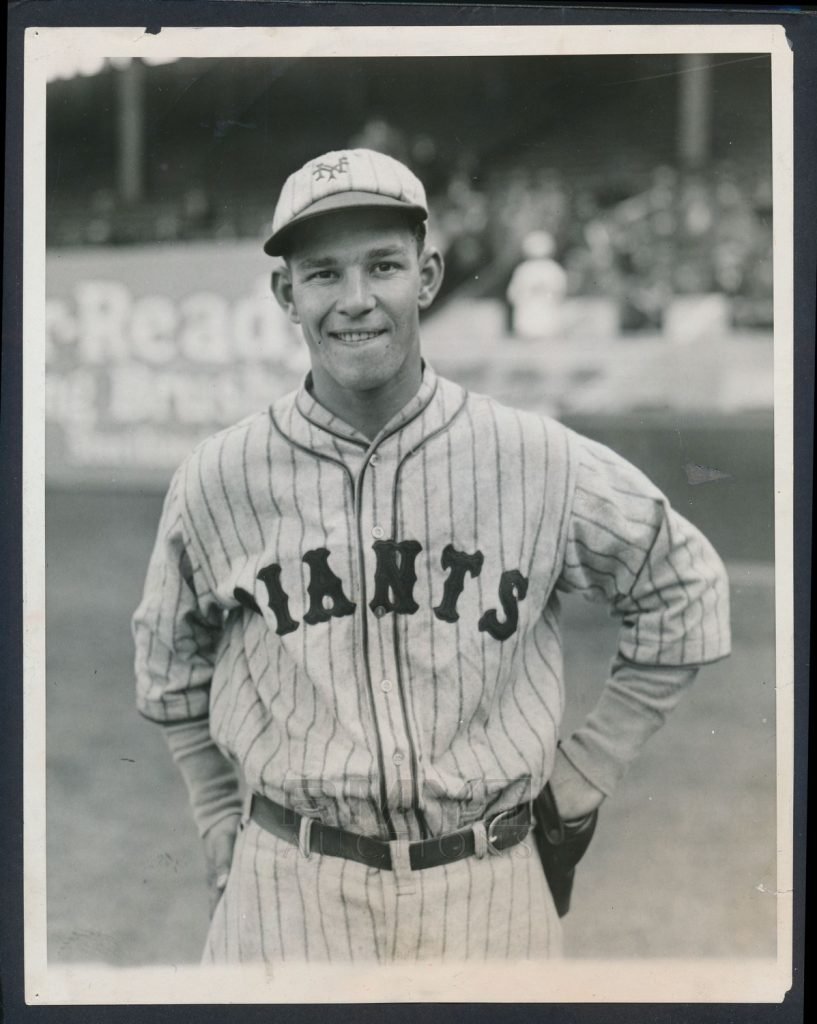 Jim Gory, “Attention please, ladies and gentlemen, for the Giants, now batting for Larry Jansen, number 4, Mel Ott.” Manager Mel was only making cameo appearances now due to deteriorating vision. Ott had clubbed his historic 511th and final career homer the year before on opening day at Coogan’s Bluff, victimizing Phillies left-hander Oscar Judd. A knee injury suffered the very next afternoon short-circuited his ‘46 season. He batted an embarrassing .074, going 5-for-68. As the Hall of Fame powerhouse admitted, “That year my eyesight started to betray me, the ball began to jump in the air.”
Jim Gory, “Attention please, ladies and gentlemen, for the Giants, now batting for Larry Jansen, number 4, Mel Ott.” Manager Mel was only making cameo appearances now due to deteriorating vision. Ott had clubbed his historic 511th and final career homer the year before on opening day at Coogan’s Bluff, victimizing Phillies left-hander Oscar Judd. A knee injury suffered the very next afternoon short-circuited his ‘46 season. He batted an embarrassing .074, going 5-for-68. As the Hall of Fame powerhouse admitted, “That year my eyesight started to betray me, the ball began to jump in the air.”
Although Ott had been wearing glasses since 1941, when he discarded his warm-up bat and settled into his left-handed stance at home plate, I was surprised to see that the famous player was bespectacled. For a nine-year-old, anyone 38 and wearing glasses must be over the hill! But I instinctively liked him and it was sure “goose bump time” to see the legendary right leg poised in the air, as Mel began his swing—a home run would tie the game! But, alas, the storied right fielder managed only a foul pop corralled easily by the St. Louis third baseman, Whitey Kurowski, to end the inning.
It suddenly dawned on me, while researching this essay, that my dad and I had witnessed the final at-bat of perhaps the most beloved player in the history of the New York Giants!
Early Years of a Young Mel Ott
Melvin Thomas Ott let out an ear-splitting scream when he was smacked in the backside a few minutes past 7 PM on March 2, 1909, in the family home at Gretna, Louisiana, the product of Charles and Caroline Ott. He was a whopping twelve pounds with a pair of lungs to match his weight.
Gretna, just across the Mississippi from New Orleans, was a wonderful place for a growing boy. Shortly after his sixteenth birthday, while catching for his high school team, things started to fall into place rapidly for Master Melvin. He was introduced to Harry P. Williams, a wealthy timber tycoon who owned a semi-pro team operating at his sprawling estate in Paterson, Louisiana. Ott caught for the Paterson Grays who barnstormed around the small towns in the area, for $150 a month and immediately exploded as a star power hitter, crushing mammoth shots all over the circuit.
Enter John McGraw
Williams was a great friend of John Joseph McGraw and sent off a telegram to the
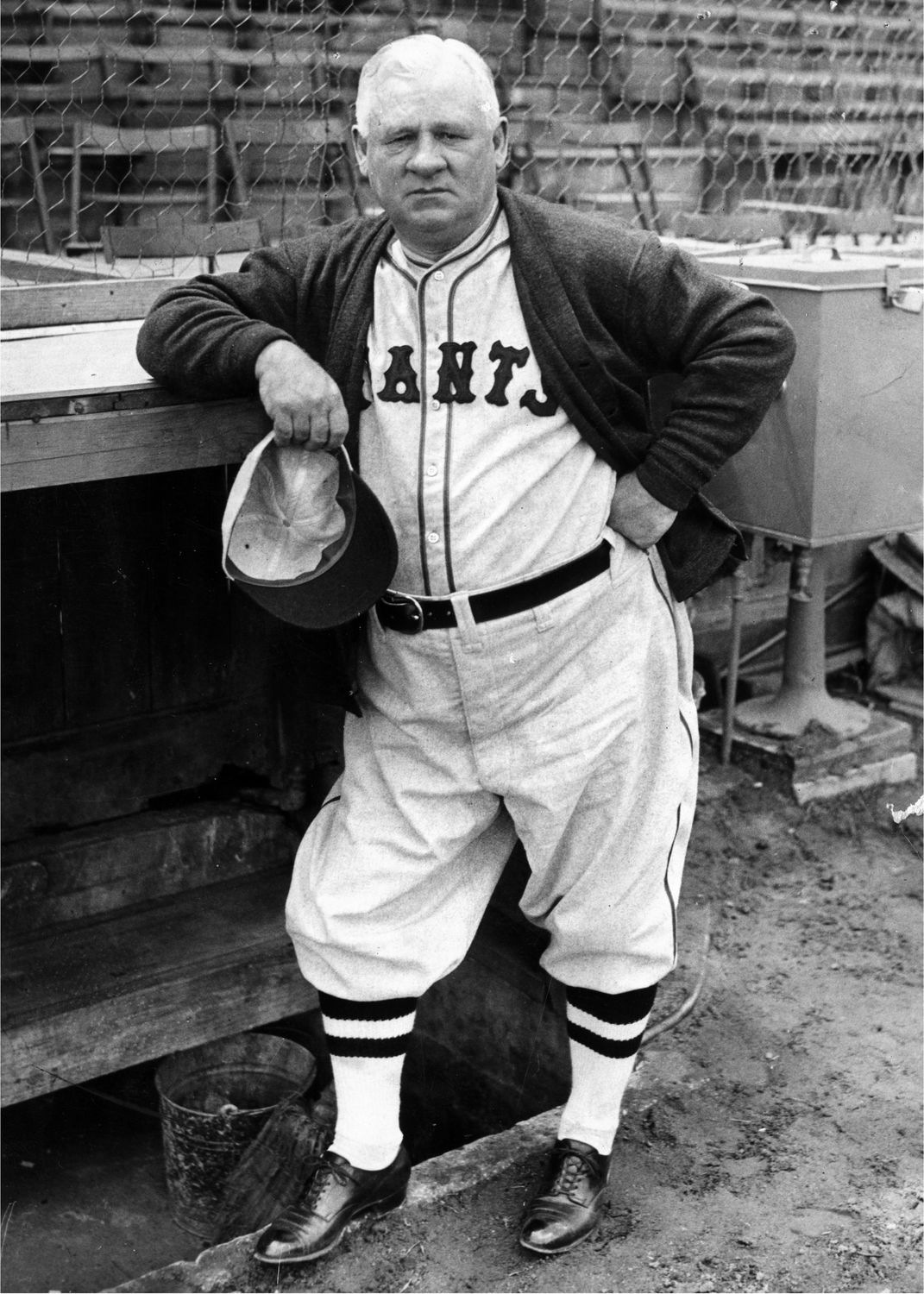
volatile Giants manager. He had a boy who would be a sure-fire major league slugger. Soon, on a September New York morning in 1925, the trembling youth was face-to-face with the notorious Little Napoleon. He put down his straw suitcase, stuck out his quivering right hand, and announced, “Mr. McGraw, I’m Mel Ott.”
“Muggsy” knew Ott was not big enough to catch for him, but the feisty titan only needed to see the kid rip one line drive after another to right field to know he was a keeper. McGraw turned to his Hall of Fame second baseman, Frankie Frisch, and blurted to the Fordham Flash,
“Did you see that? He’s just like one of those golfers that never takes his eye off the ball. His whole body moves, but his head doesn’t. That’s the best natural swing I’ve seen in years!”
For a variety of reasons—it could never happen in today’s game—McGraw kept his prize 16-year-old on the bench with him for two years, mentoring him and using him as an occasional right fielder and pinch hitter. Mel later said, “McGraw taught me three lasting lessons: hustle, be aware, and always anticipate the next play.”
The manager even brought in a world-class sprinter, Bernie Wefers, to teach his youthful protégé how to run. Ott amplifies, “Wefers killed me with wind sprints. But he showed me how to keep my heavy legs from cramping by running more on my toes.” McGraw was also a fanatic on proper sliding into a base. Ott used to wad up pillows in his hotel room, dash across the floor, and take off feet first. During a card game, with loud thumps coming from the room overhead, one veteran Giant grinned and said, “Little Sunshine is stealing bases again!”
After a couple of years playing part-time, benefitting from the master’s tutelage on the Giants bench, then returning to high school to pursue his diploma, Mel Ott became the regular right fielder for John McGraw’s team in 1928, at the age of 19. Feared in the clutch, he poled 18 homers that year and expertly played caroms off the tricky right-field wall at the Polo Grounds.
Mel’s Career Takes Off
Through 1945, through the depression, the New Deal, and World War 11, Ott led the league in homers six times, walks six times (he had exactly 100 walks three consecutive years, ’39, ’40, ’41), on-base percentage four times, OPS + five times, and WAR (wins above replacement) four times. As Gary Livacari observes in his excellent essay (Jan. 2017) some pooh-poohed Ott’s homer total, pointing out 63 percent of them were hit at the PG, where it was only 257 feet down the right-field line. Melvin responded, “If it was so easy, why didn’t more do it?” It wasn’t that easy. A hitter had to pull the ball sharply to park it over the Gem Razor Blade sign near the foul line. In the unique park, right field suddenly became 395 feet.
The genius of Mel Ott was his ability to maximize the full power of his 5’9’’ 165-pound frame by perfectly leveraging his leg kick and dropping his bat a split second before contacting the ball. This worked at the Polo Grounds, more so later in his career. After 1941, he hit 100 of his 123 home runs at home. But in the early years, it wasn’t quite so lopsided. In his breakout 1929 campaign, Mel smashed 22 of his 42 homers away from the friendly 155th St. venue. On the road, Ott altered his approach, batting 14 points higher (.311/.297) with many more doubles and triples. “He bloomed where he was planted,” as my wife, Susan, likes to say.
Mel Ott got mixed reviews as a Giants manager. But everyone was crushed by his untimely death, resulting from a car crash on a fog-shrouded Mississippi road in 1958. Worshipped by his wife, Mildred, and two daughters, sportswriter Arnold Hano summed up the thoughts of many,
“When he died he held 14 baseball records. A little man with a bashful smile and a silken swing, he was baseball’s legendary nice guy. His death was the worst that could have happened to baseball, but his playing career had been the best.”
Bill Schaefer
Sources: Sport Magazine, June 1948, “Mel Ott On The Hot Seat” by Al Stump; SABR article, “Mel Ott,” by Fred Stein; James Montemurro: “Greatest Baseball Fan”; Stat Stories, Forgotten Stars, Bobby; 100 Greatest Baseball Players, Joe Posnanski; Mel Ott baseball reference.com; NY Giants 1947 schedule almanac
Subscribe to our website, “Baseball History Comes Alive!” with over 1200 fully categorized baseball essays and photo galleries, now closing in on the one million hits mark with 818K hits and over 600 subscribers: www.baseballhistorycomesalive.com
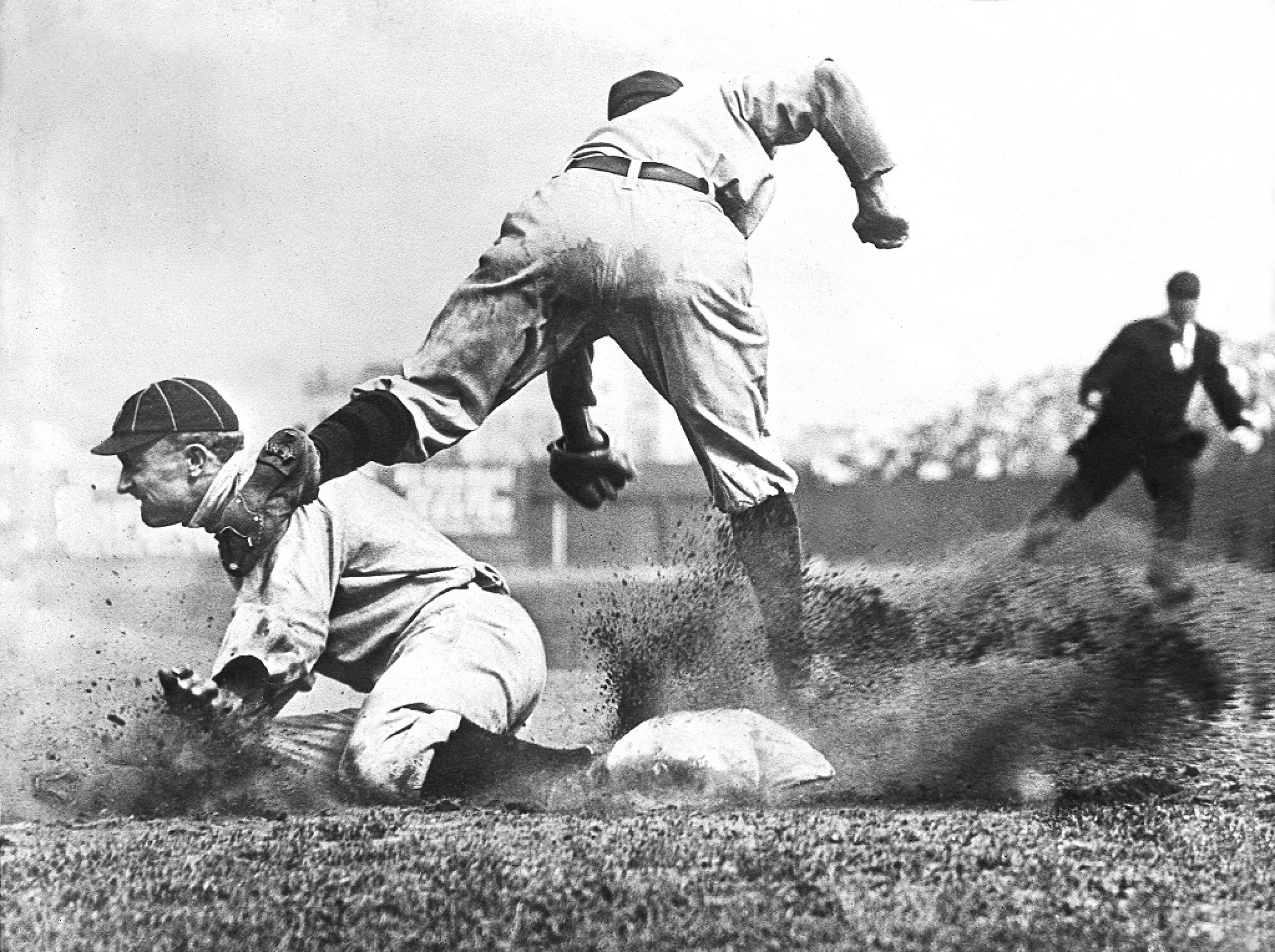
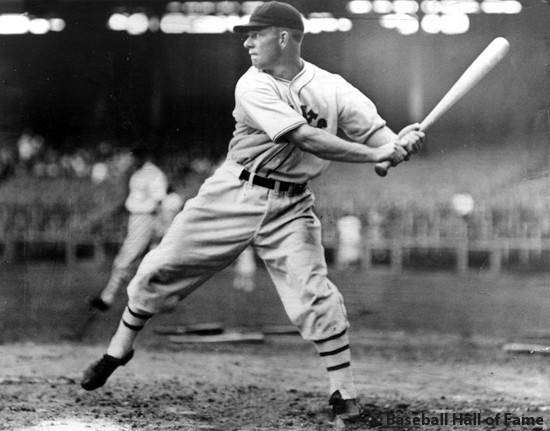
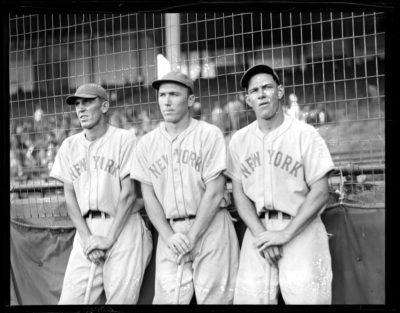

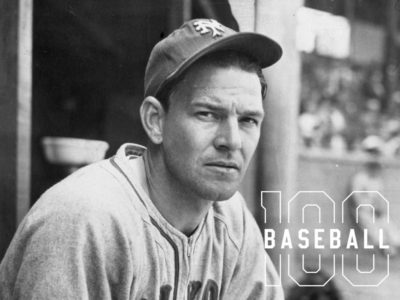
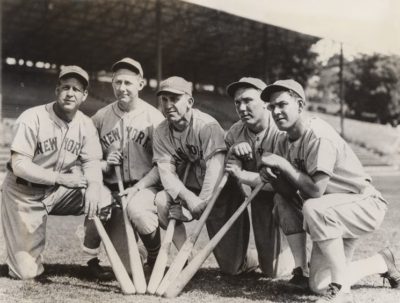
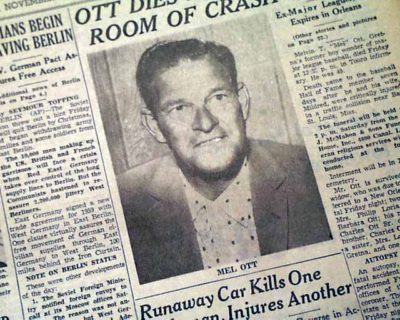
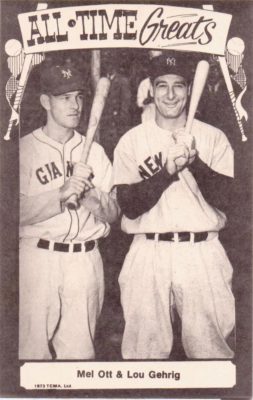
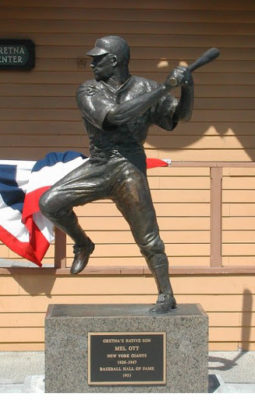
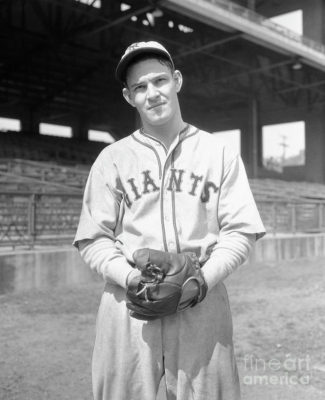
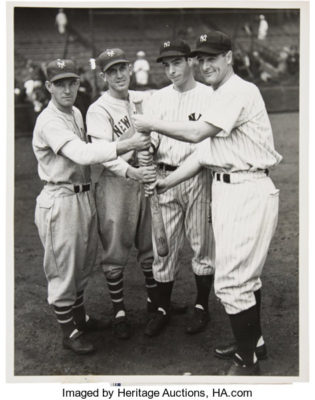
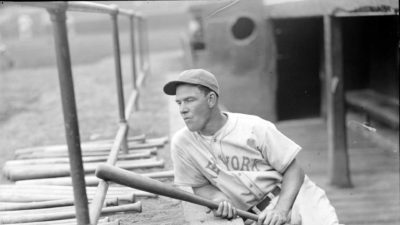
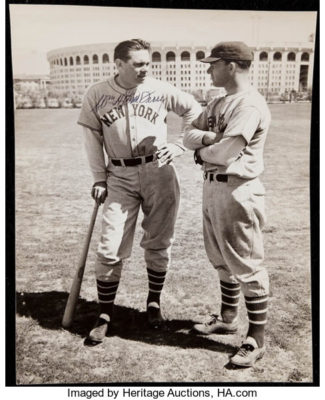
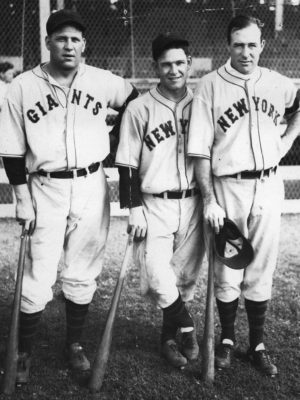
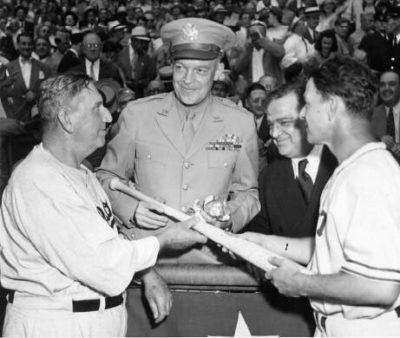
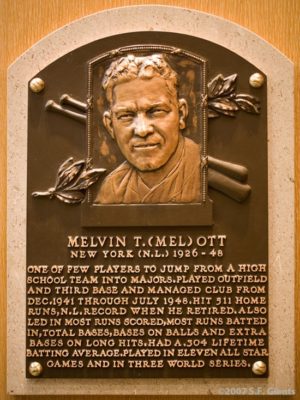
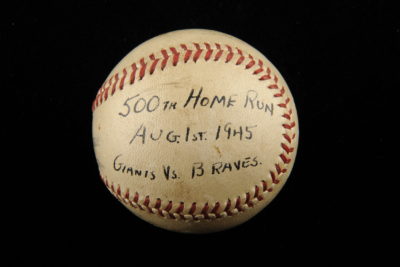
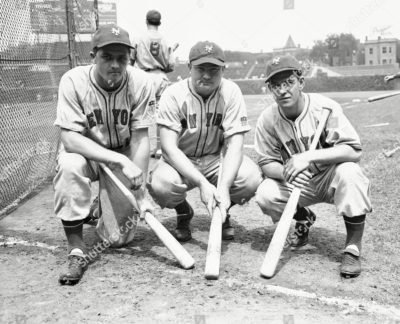
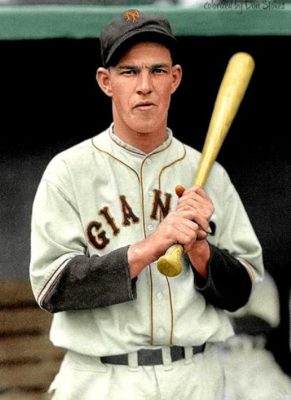
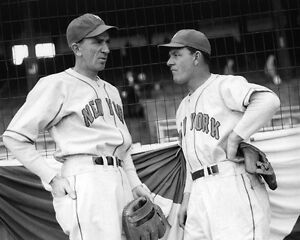
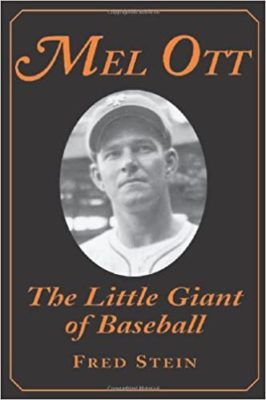
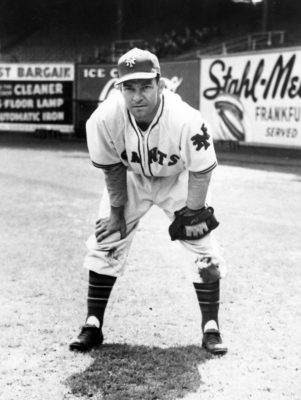
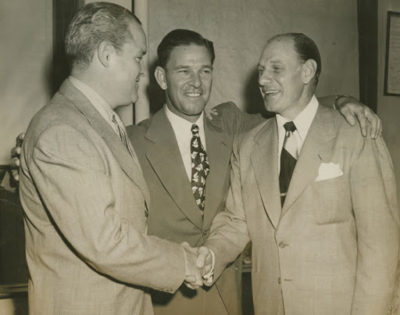
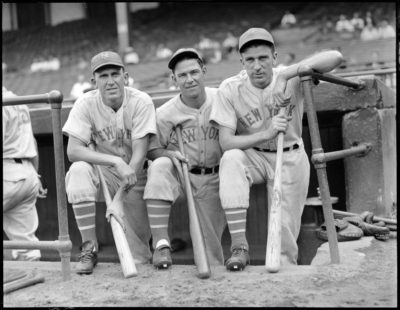
Now that is some writing, Sir Bill! Nobody has ever come as close as you to making a NY Giants fan out of me.
Great job,
Michael
I agree…a real nice essay by our friend, Bill Schaefer, or as I know him, TOB: “The Other Bill”!
Thanks so much, MK! Gary and I team up for a good collaborative effort now and again. Those picture galleries are stupendous, always!
Mel Ott was a wonderful, kind man but it did not translate to being a great manager. He was sometimes curiously tough on his pitchers, accusing some of grooving pitches, late, to lose ball games. Bill Voiselle, who won 21 games for him in 1944, was fined a chunk of money for doing just that a couple of years later. Ott later rescinded the fine but Voiselle admitted, “After Mel’s tirade, I just could not pitch winning ball for him ever again.” Voiselle was traded to the Braves shortly thereafter.
Here’s the famous, full, Leo Durocher quote: “Take a look at that no. 4 there. A nicer guy never drew breath than that man there…take a look at them (the Giants). All nice guys. They’ll finish last. Nice guys. Finish last.”
Best, TOB
I remember my dad telling me that he and his pals argued about whether Mel Ott or Paul Waner was the better right fielder.
Looking at it today, it’s no contest.
Hello again, TOB:
Yes, a much-deserved high-five for Dr. Livacari as well. I guess a good testament to his pictorial skills is that I have begun taking them for granted, which is quite the wrong thing.
Like a great umpire, he tends not to be noticed nearly enough in that department.
P.S. for John, on Ott vs. Waner: As Hans Gruber might have said, “I must have missed something. What are you saying?” (Carl Furillo, I bet.)
Cheers,
/s/ Once A Dodger
Ott and Hubble are my favorite Giants
A very fine essay. It hadn’t occurred to me that even though the right field fence was so short in the Polo Grounds you had to pull the ball just right to take advantage of the unusual dimension. And if not, the wall quickly jutted out to 395 feet. Mel Ott certainly was an accomplished slugger. I clearly remember when Mickey Mantle in the late sixties was approaching Ott’s impressive 511 lifetime home run total.
Thanks so much, Steve!
The dimensions were deceiving at the PG, alright. Just a side note–few get it right regarding the length of the Vic Wertz drive, caught by Mays in the 1954 World Series. Some still think it was close to 500 feet. Not, so. The 483′ sign, at the club house, in center was recessed between the bleacher sections on either side, approximately 58′ from the start of the cinder track. The track began 10′ in front of the center field fence (435 feet from home plate).
Vic’s shot was caught by Willie about 2 feet into the track, making it a clout close to 427 feet. (It was actually deeper to the stands in the bullpen areas-455′ in left center, 449′ in right center).
Now that everyone is totally confused, let’s move on!